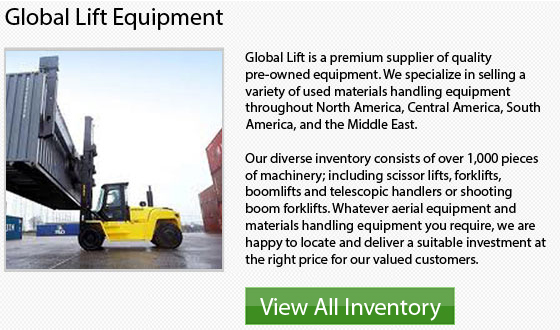
Vertical-mast and rough-terrain forklifts keep lifting and placing various building materials on different jobsites even through the evolution and rise of telehandlers on the market. There are a lot of conventional-style lift trucks available in the material handling industry that lost market share to telehandlers. This happened particularly when the competition broke onto the construction scene. Since that time, sales numbers have become stable. Vertical-mast lift trucks have re-emerged and seem to be becoming more popular once more because of their greater production, alteration of certain telehandler-like features and low cost.
The straight mast forklift can finish double the work as a telehandler because of their superior handling and maneuverability in addition to their better ground speed. Fascinatingly enough, rental companies are starting to charge higher rates on straight-mast models.
In the rough-terrain forklift industry, rental purchasers have been having a greater influence. More than half of all vertical-mast lift trucks are currently being sold to a rental yard. These acquisitions are usually driven mostly by use, that is a factor closely followed by acquisition price.
In the material handling business, the telehandler has become the darling new equipment. Its popularity has improved its benefit in the rental market as well. Their overall expansion has been moderated by their higher price. There is several forklift users who feel that telehandlers are not practically as useful compared to conventional rough-terrain forklifts for loading and unloading repetitive tasks. This means that although competition among telehandler marketers has lowered their prices, many choose the RT forklifts which have been performing well for decades.
In comparison, the telehandler is ganglier, a little slower to operate and needs a higher level of skill to finish the job. On the upside, they get the reach if they require it. There will always be a place within the business for forklifts however, because there are places which you will not be able to access with a telehandler.
The rough-terrain forklift is small, compact and able to carry a heavier load vertically as opposed to the telehandler. Basically, so as to use the best machinery for your application, you must determine what tasks exactly you would be completing, the kind of setting and conditions you will be operating in and what your load capacity is. All these factors would help you decide what the right alternatives available are.